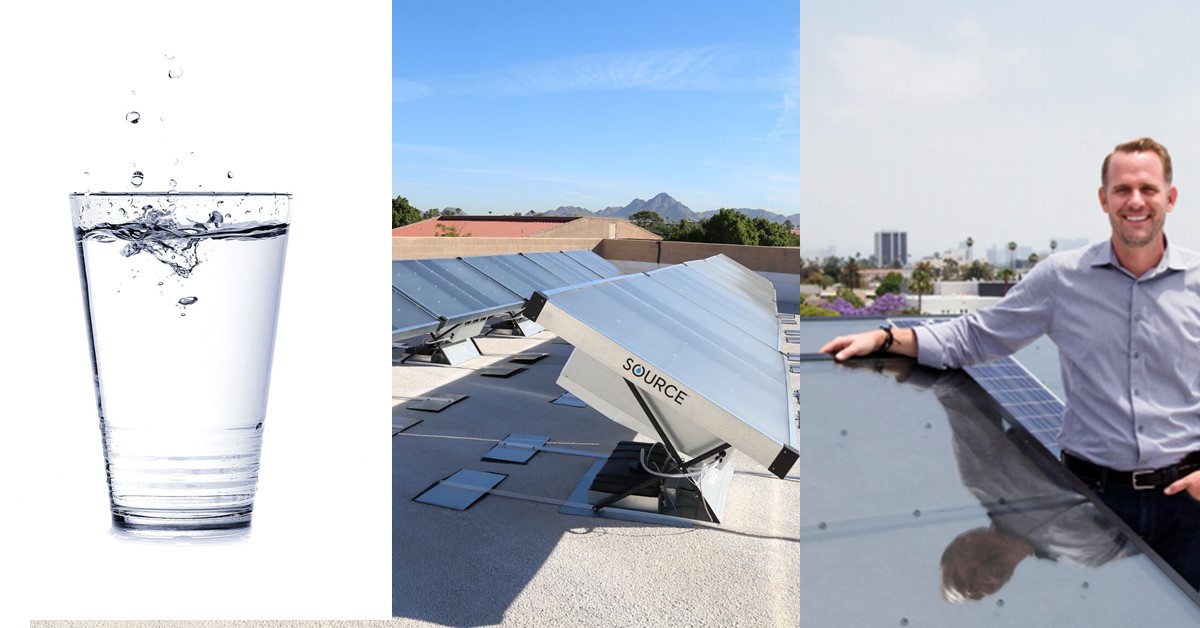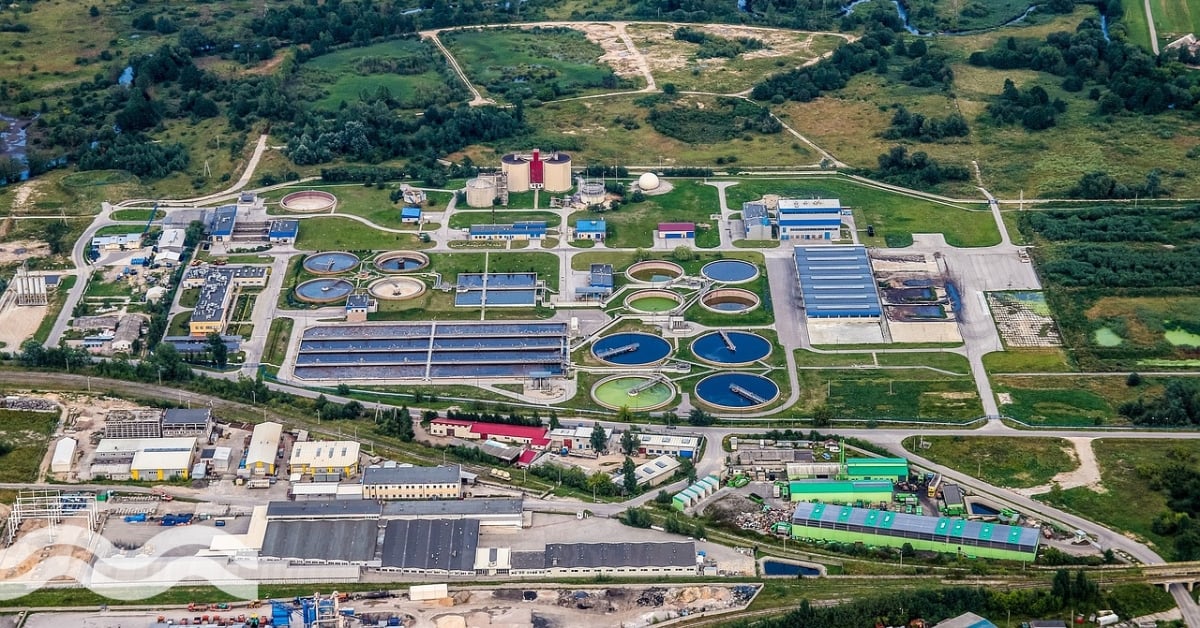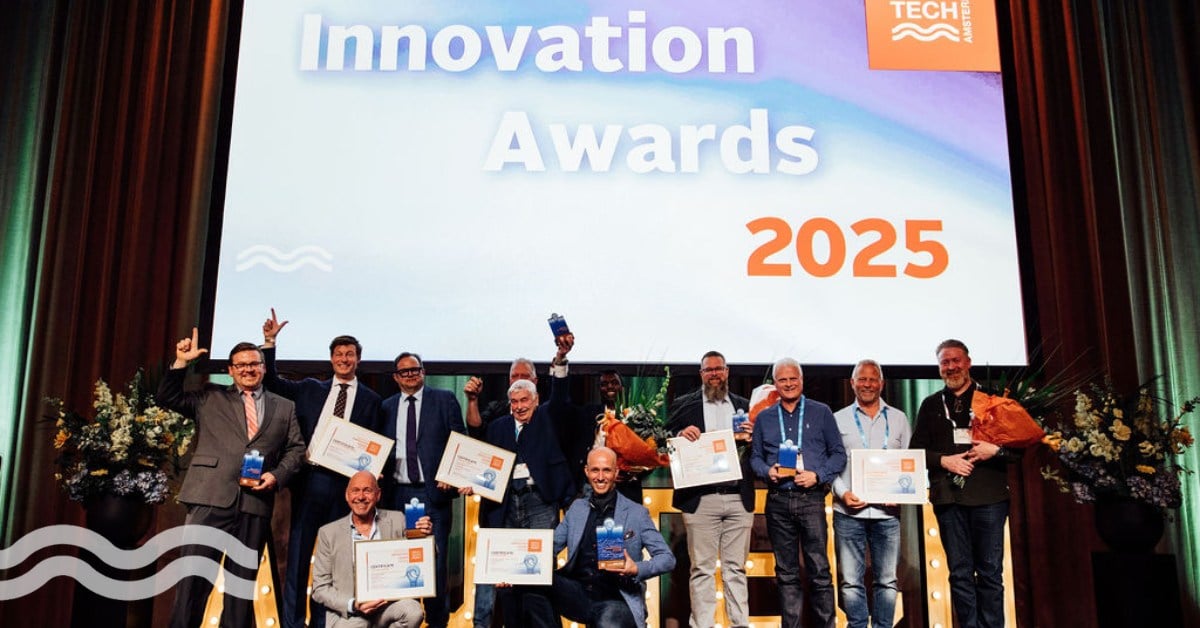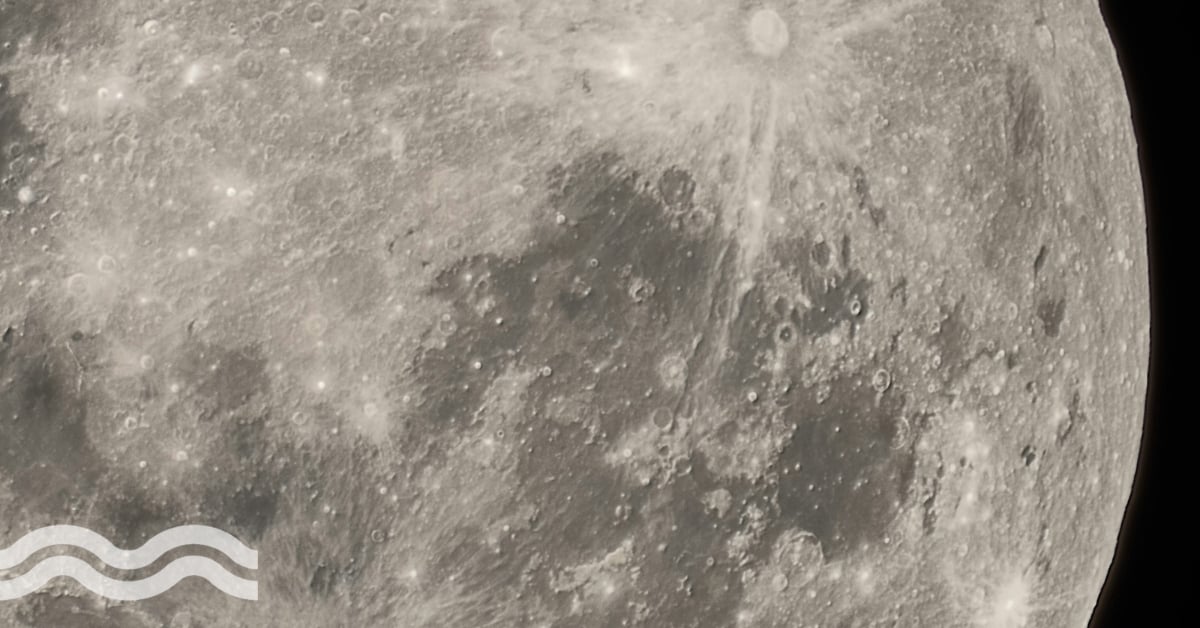Zero Mass Water: Why all the hate?
The poster-child of air to water tech
Zero Mass Water attracted $50m investment from BlackRock yet atmospheric water generation continues to be a divisive technology in the water sector. Why? Tom Freyberg investigates.
Zero Mass Water (ZMW) has fast-tracked its position as the poster-child of the air-to-water market, after securing $50 million investment from BlackRock.
The Series C1 equity financing included Breakthrough Energy Ventures, which includes investors Jeff Bezos, Bill Gates, Richard Branson and Michael Bloomberg.
Yet, the company, and the wider atmospheric water generation (AWG) technology, appears to be extremely divisive in the global water sector.
To some, CEO Cody Friesen is a charismatic idol with an answer to the world’s water problems.
To others, a leader who is raising eyebrows of seasoned water practitioners by selling a technology with claims more akin to science fiction than reality.
With the promise to “do for drinking water what solar panels have done for electricity”, the ambitious Arizona-based start-up provides ‘Source Hydropanel’ technology.
The panels essentially take in sunlight and air to create water from the atmosphere, adding minerals, ozonating and then storing the water ahead of its use.
Why all the hate?
In May, Global Water Intelligence (GWI) published an analysis of the technology.
It was referenced as an “incredibly inefficient means of making water” that has caught the “imagination of billionaire backers and ill-informed philanthropists”.
The analysis reported that, as the unit produces 3.4 litres of water per day, it would cost $177,353 to meet a person’s daily needs (based on panels costing $3000, and providing 201 litres of water per day).
In a follow up article on LinkedIn, GWI publisher Christopher Gasson added that: “There is no place on earth where a hydropanel is the most cost-effective source of water.”
Stating that the panels are paid for by donors, including finance institutions such as the Asian Development Bank, US AID and the Inter American Development Bank, Gasson added that Zero Mass Water “is not really in the business of selling water”.
“In this crazy world of guilt-ridden billionaires, extreme poverty and anxiety about climate change and the environment, its main product is emotional,” he said.
A stone thrower’s opportunity
Tom Ferguson, VP of programming at Imagine H2O, said the $50 million investment is considerably larger than other recent equities rounds in the water technology market. “Typically they fall in the $2.5m to $10m range, so there is a shock factor to a round this big.”
He said it is second only to PrecisionHawk, which brought in a $75 million round but in agricultural technology, with Fracta’s $37m investment from Kurita in 2017 possibly a better comparison.
Commenting on the investment and criticism ZMW has attracted, he told Aquatech Online: “This is a stone thrower’s opportunity – whenever there’s a national news article there’s always a reason why the “non-water people” are wrong.”
"Whenever there’s a national news article there’s always a reason why the non-water people are wrong."
He said: “This is one of those water innovations that it's easy to get excited about because it has this kind of science fiction, silver bullet, element to it. It’s being pitched that if we have this solution, we essentially solve the centralised water problem.”
Earlier this year Zero Mass Water launched the residential version of its Source Hydropanel at the Consumer Electronics Show (CES) in Las Vegas.
Ferguson said that $50m investment into ZMW is reminiscent of the Nebia shower head, which raised a lot of money initially but hasn’t yet been “a spectacular success despite several notable Silicon Valley investors betting on it in 2015”.
Discussing the question of the cost per unit of volume of water, he added: “Zero Mass Water survived the major due diligence process and obviously [Breakthrough Energy Ventures] think the productivity, weight, cost efficiency is going in the direction is needed to be.
“You have to assume that they’ve seen an engineering plan that we haven’t seen, and that they liked what they saw. These are sophisticated people.”
AWG competition heats up
It’s estimated there are 71 companies to date, with 32 companies actively selling in a market currently worth between $2m-$10m per year, according to the ‘Atmospheric Water Capture’ BlueTech Horizon Scan report.
Companies operating in this space include Majik Water, Watergen, SkySource, SunToWater, Drupps, Genaq and new market entrant, Kara Water.
In 2018, the Skysource/Skywater Alliance won the $1.75m Water Abundance XPRIZE as a solution to harvest “fresh water from thin air”.
Technology sophistication varies greatly in the AWG market, from fog harvesting nets to smartphone monitored, digitally enabled rooftop panels.
Will Sarni, founder and CEO of Water Foundry believes the technology has great potential for off-grid applications but believes the real challenge is with the business model: how to scale for utilities, industrial applications and small scale applications (e.g., home, building, neighborhood, etc.).
Speaking to Aquatech Online, he said: “The off-grid technology would be truly disruptive if it could generate greater volumes of water at a lower price point.
“The current challenge with off grid AWG is the business model which is viable for philanthropic programs that subsidize or pay for the technology but less so for the public and private sectors. However, I believe, these challenges will be solved over time.”
According to the BlueTech report, the three most commercially relevant AWC processes include:
- Cooling condensation (or mechanical refrigeration): air is then passed over a cooled surface or coil, that contains a refrigerant, which cools the water vapour below its dew point, causing condensation.
- Desiccants (i.e. hygroscopic materials): air is pulled in by a fan, but not cooled below the dew point of water vapor. Instead, water molecules adsorb to the surface of the sorbent until saturation (i.e. maximum adsorption capacity) is reached. To release the water, the desiccant is then heated or boiled (50-160°C depending on sorbent).

- Fog harvesting: large meshed nets made of a polymer are set up vertically and placed in areas where water droplets are captured and are collected in a reservoir through gravity.
Homes and communities
Zero Mass Water, which did not respond to requests to comment, said it now has installations in 45 countries.
It offers hydropanels based on two scales of installation: single hydropanels for homes, or multiple panels – similar to solar panel fields – to produce larger quantities of water for communities.
For the first, the company states that two hydropanels can provide the equivalent of 300-600 (16.9 oz) bottles per month, enough water for four to six people.
For community installations, it claims that “Source arrays can scale up to meet any drinking water demand”.
Share your water technology stories with us
Do you have an innovation, research results or an other interesting topic you would like to share with the international water technology industry? The Aquatech website and social media channels are a great platform to showcase your stories!
Please contact our Sr Brand Marketing Manager Annelie Koomen.
Are you an Aquatech exhibitor?
Make sure you add your latest press releases to your Company Profile in the Exhibitor Portal for free exposure.
We promise never to send you spam and you can unsubscribe at any time!



